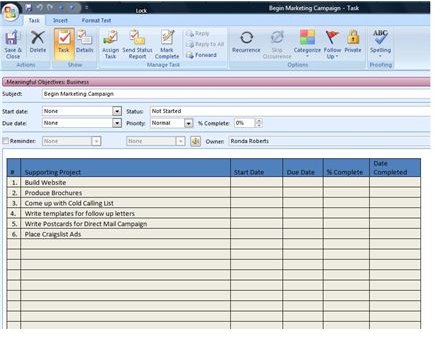

There are some reason why we might want to avoid compiling the software in the spec file: The easiest way to create a RPM package is to make it install already compiled software. Make sure to change the directories to the correct ones on your system. rpmmacros and place the text below on it. Go to your home directory and create a file named. Next you will need to create a configuration file to tell rpm builder software where he can find your build directories.

To avoid this, packages can be build as a normal user. RPM Packages are installed as root to the base system (/ directory), but an accident as root can destroy your machine. Rpmbuild -ba -clean $HOME/RPM/SPECS/myprogram.spec To build the rpm file use either the emacs menu or this command line (man rpmbuild for more information): The best editor to create RPM packages is Emacs, because it recognizes the spec extension, highlights the text appropriately and even has a menu option to build rpm packages. To create a RPM file, you need to create a spec text file with the information necessary to build the software, and also an environment to build that spec. Of the many package systems available, RPM (RedHat Package Manager) is the most commonly utilized format, and is defined as the standard one in the Linux Standard Base. On Linux, the best way to deploy applications is by using the native package system. Linux Deployment Creating a RPM Package on Linux See Code signingįor details of code signing Windows executables to avoid your end users receiving warnings that the publisher of the software is "unknown" when attempting to run your executable, see Code Signing for Windows. The toolset supports a command line environment that developers may integrate into their build processes to build MSI and MSM setup packages. See and Windows Installer XML (WiX) toolsetĪ toolset that builds Windows installation packages from XML source code. A full-featured NSIS installer has an overhead of only 34 KB. See NSIS (Nullsoft Scriptable Install System)Ī professional open source system to create Windows installers. LizaJet Installer is a commercial installer, but a free edition is available.

It doesn't support changing the registry and ini files, and un-install. The installer is small and adds only 138 Kb. It is created with Internet distributed, CD-Rom, single-floppy and multi-floppy installations in mind, but it can also be used in network situations and as a stand-alone scripting engine. HJ-Install is a freeware installer for Windows 95, 98, ME, NT 4.0, 2000 and XP. Inno Setup is used to create the Lazarus installer for Windows. There are some restrictions on distribution and use see the file for details. While it is free for use, Inno Setup is copyrighted software, not public domain software. It supports silent install and uninstall.It supports passworded and encrypted installs.manipulation of COM/ActiveX objects (e.g. It has integrated Pascal scripting engine that allows e.g.It can create shortcuts anywhere, including in the Start Menu and on the desktop.It can register DLL/OCXs and type libraries.It can compare file version info, replace in-use files, use shared file counting.The latest version that can create installers for Windows versions before Windows 2000 is version 5.4. Inno supports all versions of Windows in use today - Windows 95, 98, ME, NT4, 2000, 2003, XP, Vista, 7, 8.See Inno Setup for more details and links to the Lazarus installer that is written using Inno. It may be used completely free of charge, even when deploying commercial applications, full Delphi source code is available. Inno Setup is a free installer for Windows programs. 7 Other, General Cross-Platform Deployment.3 Creating a Makefile for your Lazarus software.2.9 Simple deployment of Lazarus application directly to Desktop Environment (e.g., KDE Plasma 5/Manjaro).2.4 Automating the creation of RPM and DEB packages.2.1.3 Creating a source and binary package.2.1.1 Setting up your build environment.1.5 Windows Installer XML (WiX) toolset.1.4 NSIS (Nullsoft Scriptable Install System).


 0 kommentar(er)
0 kommentar(er)
